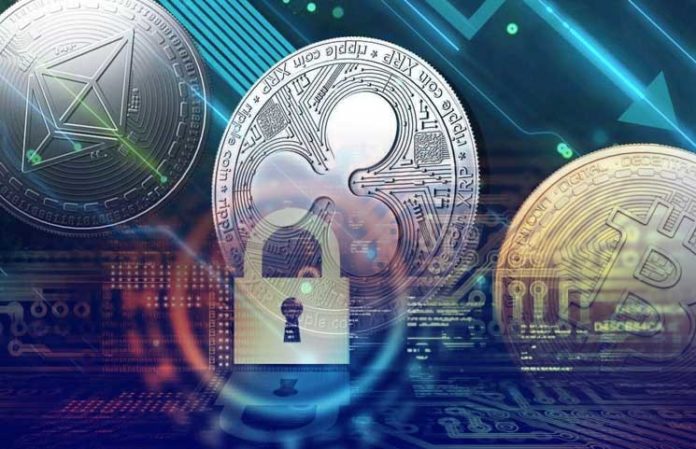Owning cryptocurrency is a big responsibility. One of the downsides to the lack of regulation means there is no third party to protect you from hackers and scammers. Only you can take the proper security measures to ensure that your cryptocurrency will remain in your ownership. Here are 4 crucial security tips to protect your cryptocurrency from hackers:
1. Never Store Your Coins Exchanges For Extended Periods
The easiest way to have cryptocurrency stolen from you by hackers is leaving your crypto on your exchange for an extended period of time. No matter how reputable the exchange is, there is still a possibility of a hack. It is not a viable long term storage option. The best exchanges have all been hacked before.
You should only leave funds that you plan on using for trading and remove what you do not need to an external wallet. The exchange can also freeze your funds without notice, denying you access to your funds. The best way to protect your cryptocurrency in our opinion is to use cold storage.
2. Offline Wallets
Offline storage almost completely eliminates hacking risks. Software wallets are more secure than exchanges, but they are not as good as using cold storage. If you’re storing a significant amount of funds, the best option will always be offline wallets. Cold storage is storing your cryptocurrency completely offline, using either a hardware wallet or a paper wallet.
Hardware wallets are a cryptocurrency wallet that stores your private key on a hardware device. You can also use a paper wallet, which just has a QR code that is kept offline that is used to make transactions. Hardware wallets tend to be the preferred choice of cold storage, as most hardware wallets are water and virus-proof, and some even offer multi-signature transactions. A secure and reliable hardware wallet is Ledger Nano S. It also gives you a random backup word sequence to keep your wallet safe and restore your coins if they are lost.
3. Use Google Authenticator
2-factor authorization is a must have for all cryptocurrency owners. But Google authenticator takes the security to the next level to protect your cryptocurrency. When someone hacks your phone, 2FA can easily be bypassed. Google Authenticator is a software token that implements 2FA services using a time-based one-time password algorithm (TOTP). Authenticator provides a 6 to 8 digit one-time password which users must provide in addition to their username and password to log into their exchange or wallet. Here is a complete tutorial of how to setup Google authenticator on all your accounts.
4. Always Secure Your Private Key
Your private key is the most important piece of information as a crypto owner. It is the key that is paired with the public key that is used to send and receive cryptocurrency to and from your wallet. One of the best ways of securing your private key is to use a multi-signature wallet.
A multi-signature wallet requires several private keys to authorize crypto transactions. The multi-signature address structure lets you split those private keys across multiple devices, greatly increasing the security of your wallet. A hacker would need all of your private keys to access your wallet, which is much more difficult to obtain with multi-signature security. When using multi-signature security you have to make sure you securely backup all of your private keys.

Bulls on Crypto Street is a trading education website dedicated to digital assets such as Bitcoin, Ethereum, DeFi, NFTs, and other new advancements in the Metaverse.

